Play once came in plastic shells with chunky buttons, flashing lights, and sounds that filled the room whether anyone wanted them or not. These were the objects that turned floors into launchpads, kitchens into labs, and bedrooms into fortresses. Some were clever, some were strange, and a few were unintentionally terrifying.
They left behind scratched surfaces, missing pieces, and memories still brought up at family gatherings with a mix of laughter and mild confusion – and today, some of them could fetch six figures in the right market.
22. Merlin Electronic Game
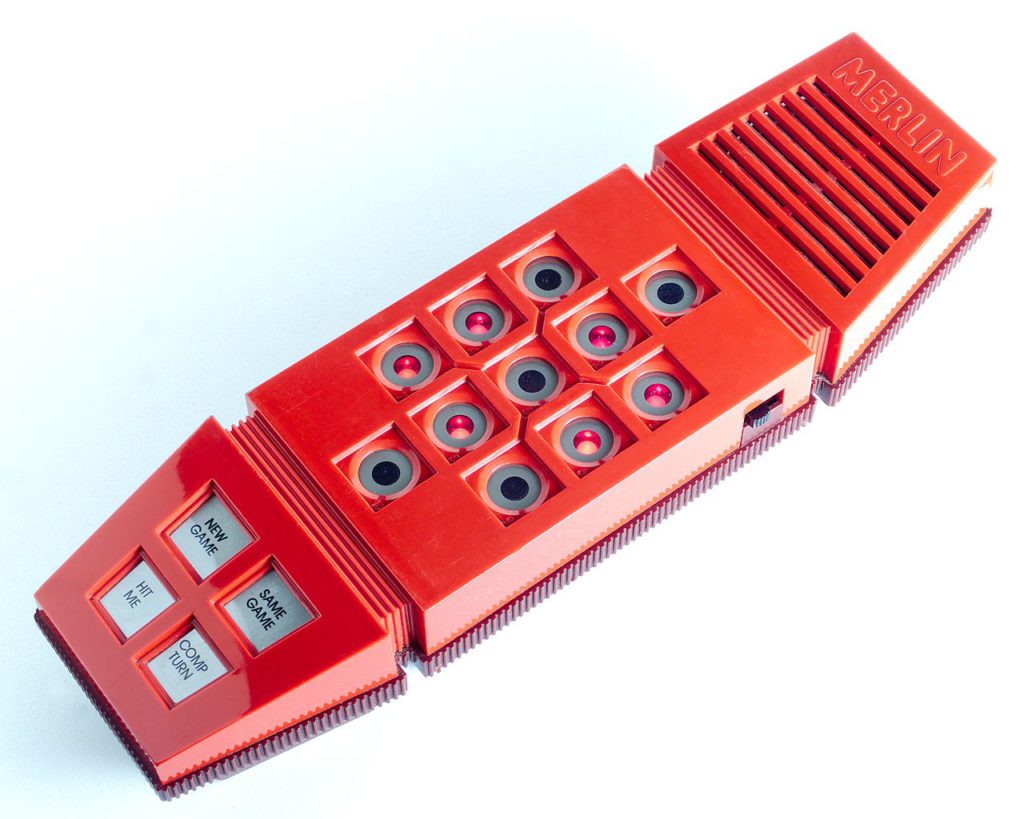
Before smartphones dominated pocket space, the Merlin electronic game offered portable entertainment that challenged both memory and logic skills. With its constellation of buttons and lights, this red rectangular gadget wasn’t just a toy—it was practically wizardry in your hands.
One music game tested pattern recognition skills in ways that would make modern brain-training apps jealous. Mastering Merlin required the precision of a surgeon defusing a time bomb on a rocking boat. Decades later, grown adults still gather at collector conventions, eyes lighting up like Merlin’s buttons when they spot this red rectangular piece of their childhood. It’s just one of those retro things kids today wouldn’t understand without experiencing it for themselves
21. Hugo: Man of a Thousand Faces

With swappable faces and accessories, Hugo converted ordinary playtime into a theater of bizarre character creation. This plastic puppet featured interchangeable faces, offering endless character possibilities. The set came loaded with wigs, glasses, mustaches, beards, and hats for your customizing pleasure. Monday’s detective could become Tuesday’s cowboy or Wednesday’s mad scientist.
Some kids found Hugo delightfully creative. Others couldn’t get past those blank, soulless eyes that seemed to follow you around the room. Hugo’s unsettling quality puts him in the same uncanny valley as those “Westworld” androids—recognizably human yet disturbingly off. If you’re brave enough to display Hugo on your shelf today, prepare for houseguests to ask whether you’ve recently taken up collecting cursed objects.
20. Canam Teenage Mutant Ninja Turtle Handheld Game

Trapped in backseats during endless family road trips, kids found salvation in the two-button universe of the Canam TMNT handheld game. This mean green machine somehow packed an entire turtle adventure into something smaller than a sandwich. Set in a pixel version of NYC, players battled to save April from Shredder’s clutches with just three precious lives.
Obstacles bombarded players from every direction—shurikens flew, pizza cutters whirled, and Mousers snapped their mechanical jaws. The gameplay mechanics were simpler than today’s controllers with their seventeen buttons and three joysticks, yet somehow more satisfying. With just two buttons and pixelated graphics, this pocket-sized adventure delivered more satisfaction than many of today’s technically superior but spiritually empty mobile games.
19. Shrinky Dinks
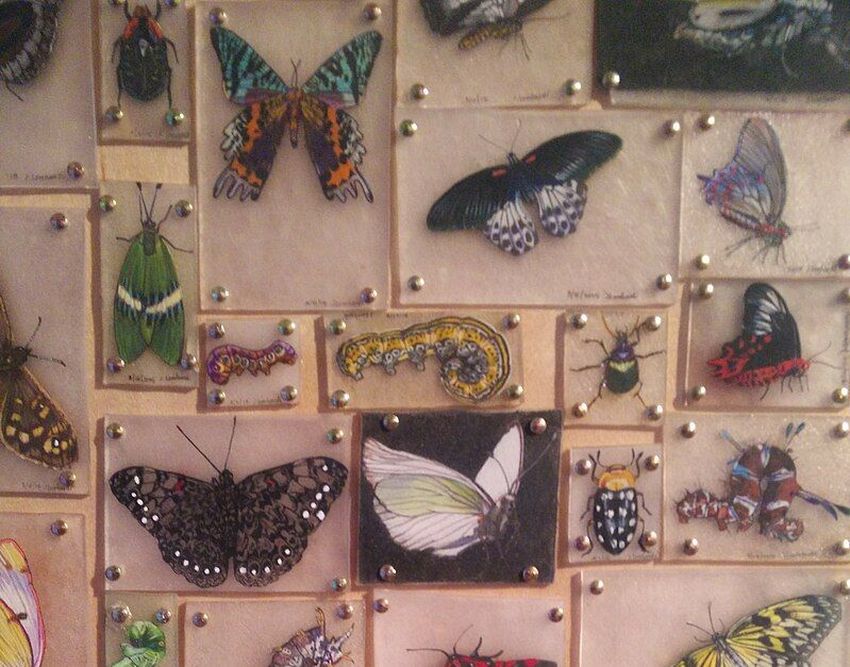
If you craved the magical thrill of metamorphosis, Shrinky Dinks delivered kitchen-based alchemy that turned flimsy plastic sheets into treasured trinkets. These thin sheets came decorated with superheroes, animals, and patterns so groovy they practically screamed disco. Kids colored them with regular markers, then parents reluctantly surrendered their kitchens for the conversion process.
The magic happened in ordinary ovens where flat sheets curled, twisted, and shrank before your eyes—a change as dramatic as Clark Kent stepping into a phone booth. The resulting tiny plastic treasures became keychains, jewelry, or mysterious trinkets that inevitably turned up in the vacuum cleaner. When screen-free creativity seemed impossible to inspire, Shrinky Dinks turned ordinary kitchens into magical laboratories where art evolved before your eyes.
18. 1985 Super Mario Bros (NES)
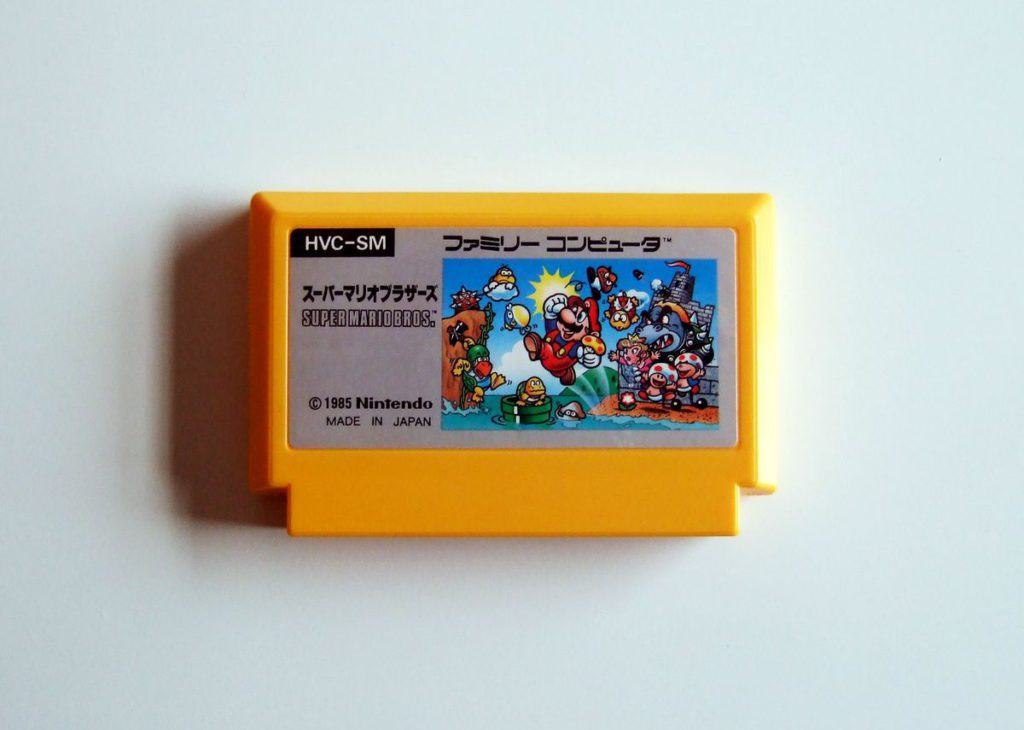
From obscure plumber to cultural icon in one cartridge, Super Mario Bros revolutionized entertainment and launched Nintendo into video game royalty. This unassuming cartridge featuring a mustachioed plumber and his lanky brother elevated Nintendo from a playing card company into an entertainment juggernaut. The 8-bit adventure became the universal language of an entire generation.
Those who kept their original copies sealed might now be sitting on gold. Mint condition cartridges can fetch over $100,000 at auction—roughly 5,000 times the original price and enough to buy a house in some areas. Four decades later, the game’s simple but perfectly tuned mechanics still deliver more genuine joy than many modern titles with thousand-person development teams and hundred-million-dollar budgets.
17. Intercept Electronic Game

Disguised as a simple handheld toy, Intercept electronic game converted ordinary children into bedroom spies with its code-breaking challenges and spy-tech aesthetic. This sleek black device—smaller than your average paperback—made ordinary kids into covert operatives. Buttons and a tiny screen that would make modern smartphones laugh brought the thrill of code-breaking missions right to your sweaty little palms.
Games challenged players to intercept signals and decipher codes with the urgency of preventing imaginary nuclear disasters. The black and silver aesthetic screamed “top-secret spy tech” despite being available at ordinary toy stores for regular allowance money. While real spies relied on million-dollar equipment, suburban children cracked imaginary Soviet codes between homework and dinner, convinced they were saving the free world one button press at a time.
16. Jolly Chimp
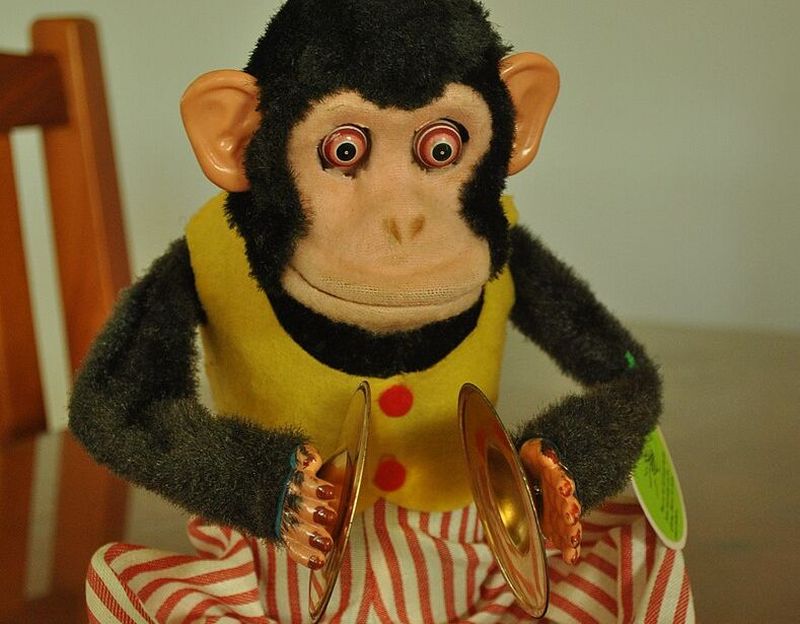
Nothing combines cute and terrifying quite like Jolly Chimp, the cymbal-clashing monkey that traumatized an entire generation. This small squatting monkey with dead eyes managed to be simultaneously cute and deeply unsettling—the toy equivalent of a horror movie jump scare. When wound up, it clashed cymbals with manic intensity while emitting a mechanical screech that could curdle milk.
Those red-outlined eyeballs stared directly into your soul as if assessing your worthiness for the afterlife. The toy gained renewed cultural relevance as Lotso’s surveillance officer in Toy Story 3, cementing its legacy as nightmare fuel. Its perfect balance of cute appearance and horrifying function ensures Jolly Chimp remains culturally relevant as both collectible and horror movie inspiration, unlike thousands of forgotten “normal” toys.
15. Dungeons & Dragons

For socially awkward teenagers seeking adventure beyond mundane reality, Dungeons & Dragons unlocked imaginary worlds where shy kids became legendary heroes. The Player’s Handbook converted ordinary teenagers into wizards hurling fireballs, warriors swinging battle axes, and elves with suspiciously Tolkien-esque qualities. Meanwhile, the Dungeon Master’s Guide taught budding storytellers how to craft adventures more compelling than homework.
No other game has launched more creative careers, saved more troubled teens, or created more lifelong friendships than this revolutionary box of books and oddly-shaped dice.
14. Teenage Mutant Ninja Turtles Issue Number One

From a mere 3,000 printed copies to a global franchise worth billions, Teenage Mutant Ninja Turtles Issue Number One represents perhaps the most valuable pizza-themed investment in history. Created in 1984 by Kevin Eastman and Peter Laird as a quirky parody, these pizza-obsessed reptiles with Renaissance artist names karate-chopped their way into global consciousness.
Those lucky enough to still have a pristine copy might want to schedule an insurance appraisal. One copy rated 9.8 by the Certified Guarantee Company listed on eBay for $79,950—enough to buy a luxury car or put a child through college. When comic book stores faced declining interest in superhero titles, four unconventional reptiles armed with ninja weapons and an appetite for pizza revitalized an entire industry.
13. Computer Perfection
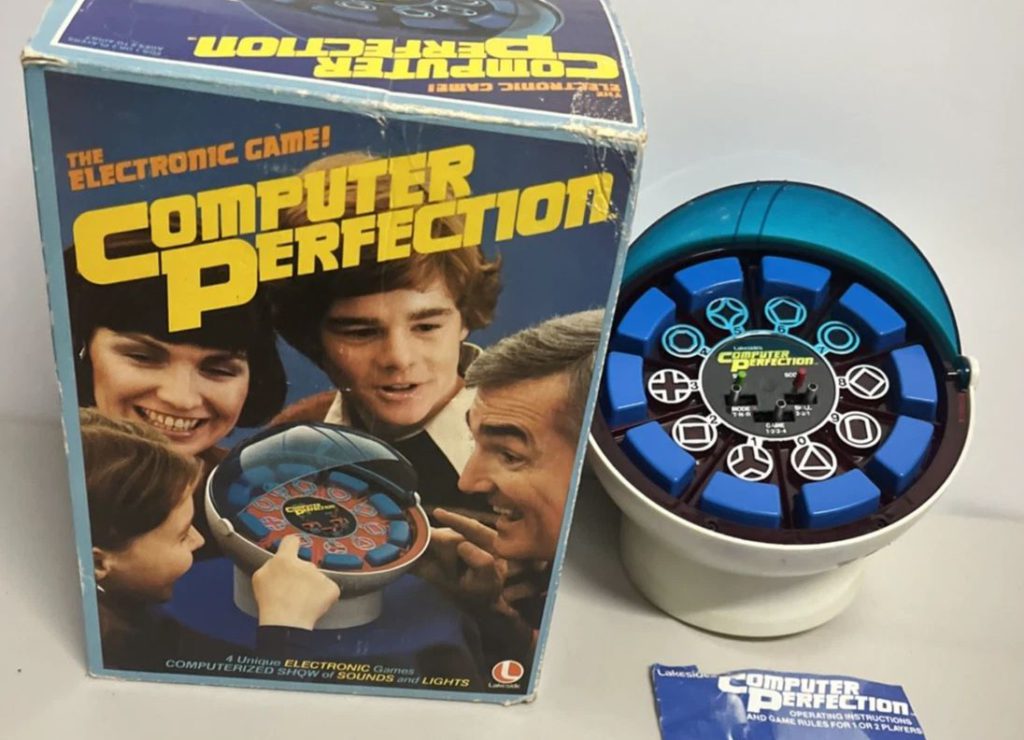
When electronic beeps threatened to drive parents insane, Computer Perfection arrived as the silent savior—teaching memory skills through light patterns rather than noise. This futuristic device—actually just a rectangular plastic box with light-up holes—somehow managed to be more addictive than ice cream on a summer day. Parents appreciated its silent operation after enduring weeks of electronic noise from other toys.
The game displayed light patterns that players had to replicate by pressing the correct sequence of buttons. It tested cognitive function rather than button-mashing reflexes, making it the stealth broccoli of the toy world—educational nutrition disguised as fun. Its minimalist design and focus on pattern recognition strengthened cognitive skills while delivering entertainment that didn’t require batteries, updates, or monthly subscription fees.
12. Speak & Math

Math anxiety plagued generations of children until Speak & Math disguised dreaded arithmetic as entertaining electronic gameplay. Texas Instruments packaged arithmetic in a chunky beige case with colorful buttons that somehow made multiplication tables less terrifying. Kids voluntarily practiced math problems while thinking they were just playing with a cool gadget.
The device actually talked back with encouragement—revolutionary technology before smartphones started judging our life choices. “YOU ARE CORRECT” never sounded so satisfying coming from a robot voice. More children likely developed foundational math skills from this beige plastic box than from many traditional classroom methods of the era.
11. Othello Board Game
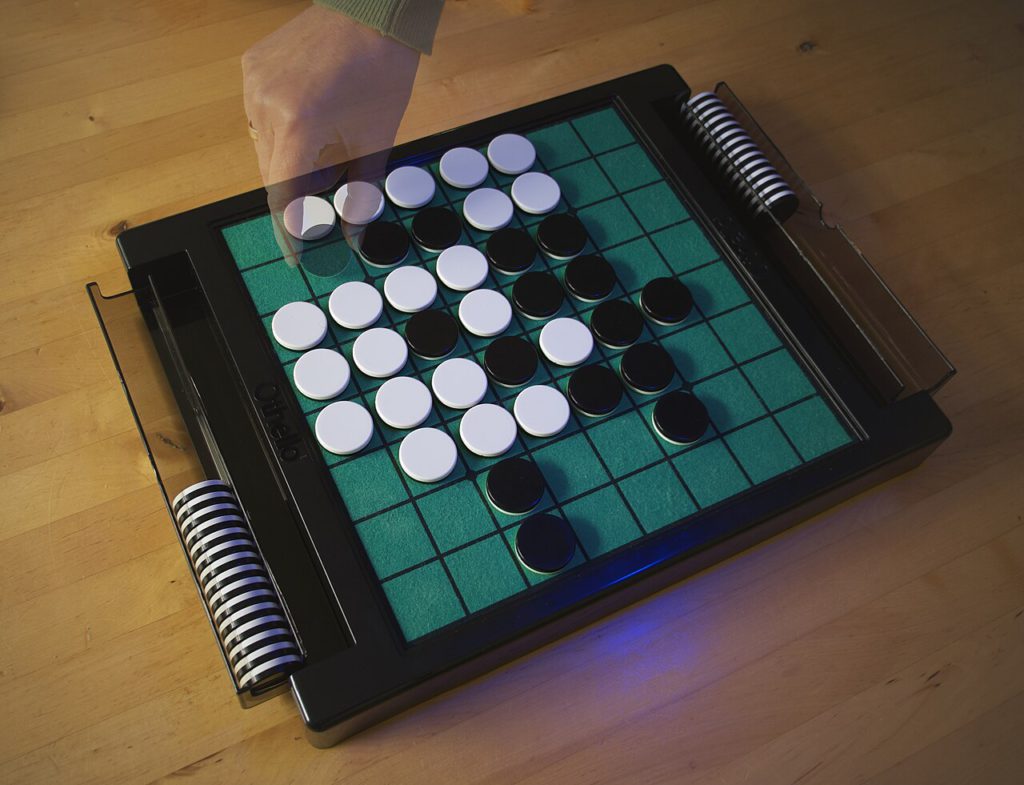
With just a green grid and dual-colored discs, Othello delivered strategic depth that changed family game nights into battlefields of wits. This deceptively simple board game—just a green grid with black and white discs—became the ultimate battlefield for family game nights in the 1970s. The basic premise? Sandwich opponent discs between yours to flip them to your color.
The game’s true genius lay in its ability to create dramatic reversals of fortune. One strategic placement could flip half the board, turning certain defeat into triumphant victory faster than you could say “revenge is sweet.” Its elegant combination of simplicity and depth created strategists who understood that thinking several moves ahead applied equally well to boardrooms and classrooms years later.
10. Astronaut B Pez Dispenser

Worth more than a year’s college tuition, the rare Astronaut B Pez dispenser proves how manufacturing mistakes can accidentally create collector gold. Launched during the 1982 World’s Fair in Knoxville, Tennessee, this space-themed plastic toy experienced production issues. Several versions never reached full manufacturing, instantly becoming the unicorns of the Pez world.
In 2006, one specimen sold for approximately $32,000—more than many people’s first houses cost. If you’re lucky enough to discover one in a relative’s attic, skip the candy refills and head straight to an appraiser—your retirement fund just got a surprising boost.
9. Big Trak
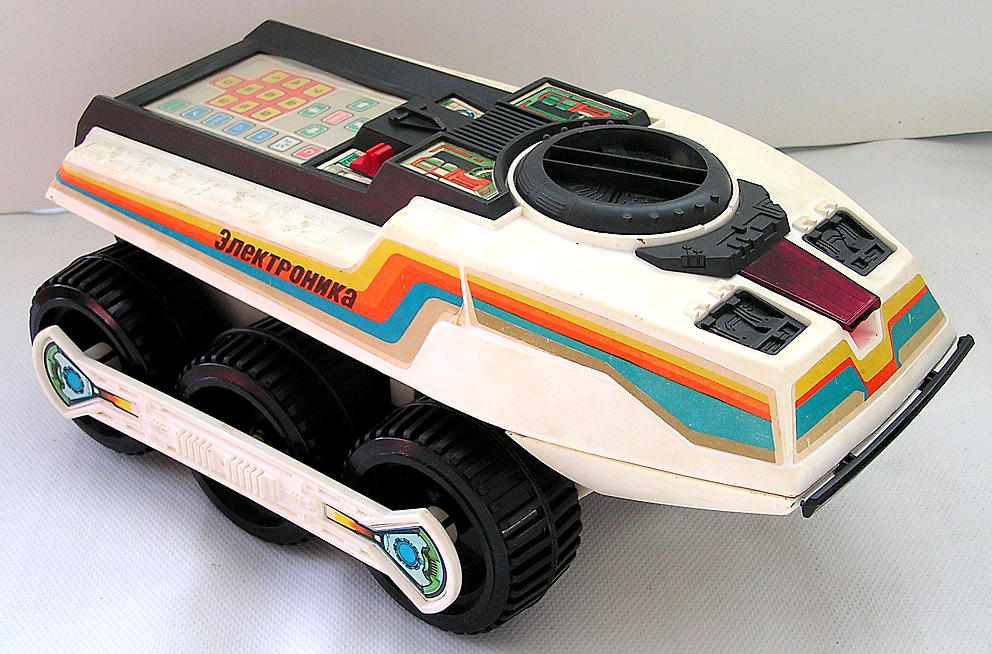
If you dreamed of programming robots before home computers existed, Big Trak delivered futuristic coding concepts disguised as a six-wheeled toy vehicle. Milton Bradley’s programmable vehicle introduced coding concepts before most homes had computers. Its distinctive blue body housed a numeric keypad that invited curious fingers to input command sequences.
The toy accepted up to 16 sequential commands, impressive tech for an era when most toys couldn’t do anything without direct manipulation. Programming Big Trak to navigate around furniture legs, sleeping pets, and younger siblings’ building block cities required precision comparable to parallel parking a tank in downtown Manhattan. When parents worried about children’s futures in an increasingly technological world, Big Trak delivered early coding concepts through play, decades before STEM became a classroom buzzword.
8. Baby Laugh A Lot

Innocently placed in a child’s bedroom at bedtime, Baby Laugh A Lot would turn the peaceful darkness into horror movie territory with its mechanical wails. This innocent-looking plastic doll perched in a rocking chair concealed nightmare fuel within its cherubic exterior. Wind her up with the key, and instead of delightful chuckles, she’d emit sounds better suited to a horror movie soundtrack.
Her “laugh” combined elements of a rusty gate, a struggling car engine, and possibly souls in torment. The doll earned its reputation as unintentionally terrifying, especially when batteries weakened and the laugh slowed to demonic drawls. Few other toys have unintentionally prepared children for the horror movie genre or convinced them to double-check closet doors before bedtime.
7. Major Morgan

Learning musical notation frustrated many children until Major Morgan translated abstract symbols into colorful buttons that created instant melodies. This electronic keyboard toy featured buttons labeled A through G, turning musical notation from abstract symbols in boring school books to tangible buttons kids could actually press. Results varied from “surprisingly pleasant” to “please make it stop.”
The toy welcomed experimentation without requiring prior musical knowledge, talent, or even rhythm. Major Morgan functioned like training wheels for musical concepts, introducing scales and patterns as naturally as breathing. During family gatherings, adults would secretly compete for who could play recognizable tunes on this kid-friendly instrument, long after the children had moved on to other toys.
6. Hungry Hippos
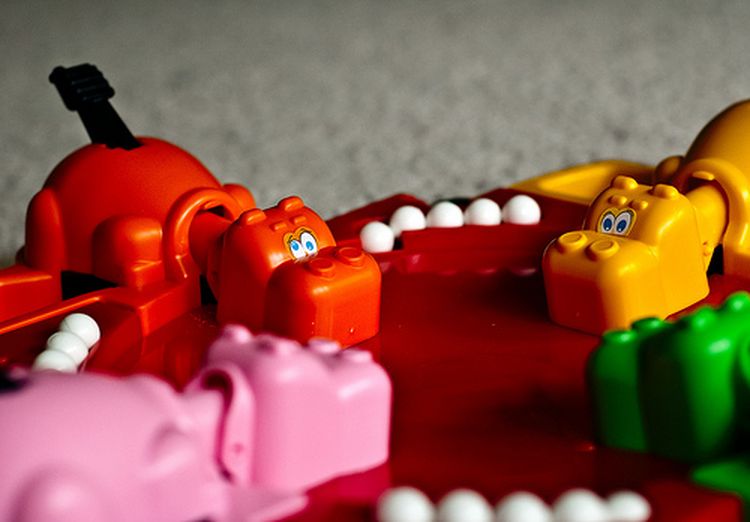
Hungry Hippos stands as the loudest board game ever created, measuring somewhere between “construction site” and “rock concert” on the decibel scale. Henry, Homer, Harry, and Lizzy—four plastic hippos with insatiable marble appetites—invited players to channel their inner chaos demons by frantically slamming levers until someone’s wrist gave out.
The game required zero strategy but infinite energy. Children developed forearm muscles comparable to professional arm wrestlers while parents developed new appreciation for silence. If you’ve ever played a truly competitive round, your forearm muscles probably still twitch at the mere mention of marble-gobbling plastic hippopotamuses.
5. Star Wars FX-7 Medical Droid

While background characters rarely achieve fame, the FX-7 Medical Droid action figure has appreciated faster than Manhattan real estate since its 1980 release. This obscure robot from The Empire Strikes Back barely had screen time yet became a collector’s holy grail. The droid’s distinctive multi-armed design made it stand out among the dozens of figures Kenner produced.
Mint condition specimens still in their original packaging command prices that would fund a weekend vacation. Even loose figures with minor paint wear sell for surprising sums at toy conventions and online auctions. Beyond mere nostalgia, these plastic time capsules represent tangible connections to the groundbreaking film franchise that rewrote entertainment history.
4. Starbird

In an era when real space exploration captivated the nation, Starbird brought interstellar adventures down to bedroom-floor scale with its modular spaceship design. This futuristic white craft from Milton Bradley featured adjustable wings, electronic sounds, and voice synthesis technology that made “pew-pew” sound effects unnecessary. Its sleek design looked like something stolen from NASA’s secret prototype warehouse.
Children customized flight configurations by adjusting the wings, creating different spacecraft for various imaginary missions. The electronic sounds provided atmospheric background for space battles, alien encounters, and daring rescues across bedroom galaxies. Those who preserved their Starbird in working condition now possess both a technological time capsule and a valuable collectible.
3. Stretch Armstrong

When childhood rough-housing destroyed most action figures within weeks, Stretch Armstrong arrived with superhuman durability that survived even the most determined destruction attempts. This latex rubber muscleman filled with corn syrup gel could stretch to four times his original length without breaking. Brothers would pull him between them like a bizarre tug-of-war rope.
The oddly satisfying tactile experience of stretching and twisting this rubbery superhero provided hours of physical play. Children discovered creative torture methods—stretching him between doorframes, tying him in knots, or experimenting with freezing him. If today’s kids understood the simple joy of a toy designed specifically to be manhandled without breaking, they might briefly put down their tablets.
2. Alfie
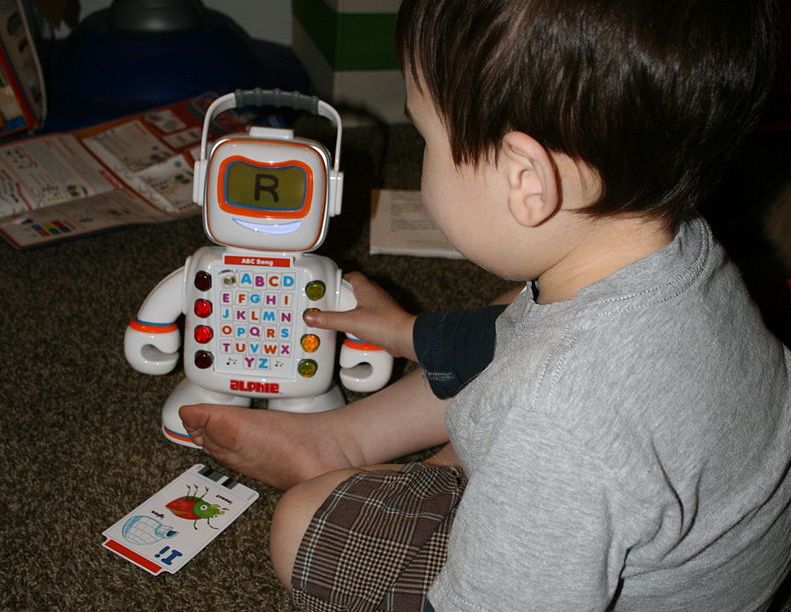
Classroom learning often failed to engage restless students, but Alfie cleverly disguised educational content within a friendly robot’s interactive games. This charming robot with rainbow-colored buttons became an unofficial teaching assistant in thousands of homes. His repertoire covered everything from basic ABCs to multiplication tables, all presented through games that felt nothing like schoolwork.
Children who groaned at workbooks eagerly spent hours with Alfie, unaware they were absorbing the same information in a different format. His electronic voice provided encouragement that felt more like praise from a friend than evaluation from a teacher. While educational technology has advanced dramatically since Alfie’s heyday, few learning devices have matched his perfect balance of personality and engagement.
1. Simon

Designed with deceptive simplicity that masked fiendish difficulty, Simon turned memory challenges into competitive sport through four colored buttons and escalating light sequences. This flying-saucer-shaped game with its four illuminated quadrants became a cultural phenomenon that transcended toy stores to appear in arcades and bars. Its premise couldn’t be simpler: repeat the ever-growing sequence of lights and sounds without a single mistake.
Early rounds lulled players into confidence before sequences grew to seemingly impossible lengths. The distinctive electronic tones became instantly recognizable, and the tension of watching a skilled player reach twenty or thirty steps in a sequence could rival any sporting event. Among thousands of electronic toys that briefly captured attention before disappearing, Simon’s brilliantly accessible challenge mechanics ensured its lasting appeal.




























